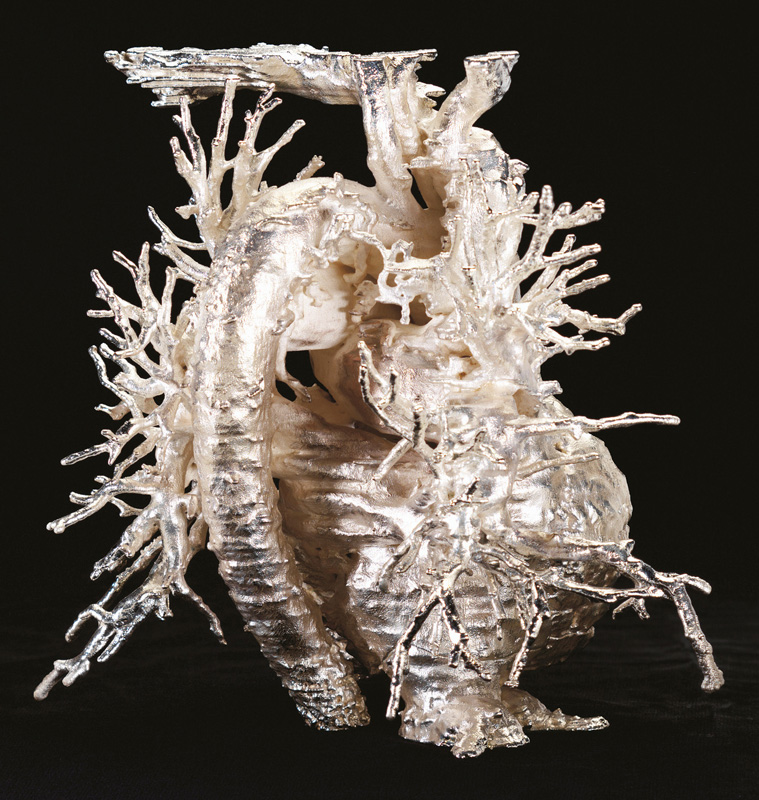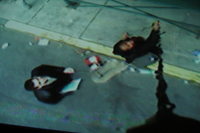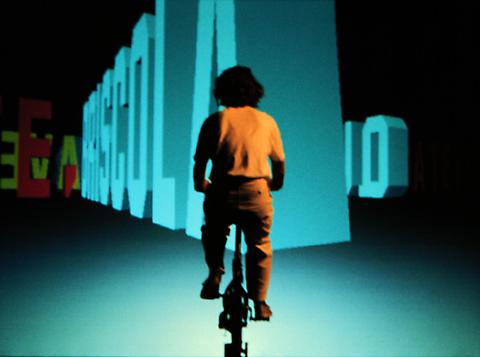Becoming Art by Shloka Kini
When I first entered this class, I had a very clear definition of art, and interactivity wasn’t part of it. Anything that involved interaction was automatically a game. Engaging the user was an automatic distinction for me between what was art and a display.
I really began to understand new media art differently when analyzing interactive works. In many ways, interactive works become more forcibly engaging than static artworks are. For example, when passing by a classical painting or a photograph in an art gallery, a viewer can simply pass by with only a short glance to the work. Whereas, with interactive art, the person becomes the life for the work: a sound is heard, letters move, an image changes, a form is displayed on a screen. All becomes very apparent to the user that he/she is important to this work’s well-being. And so he/she stays.





 In this work, the artist recreated the architecture of real maps and cities in a virtual world in which the viewer was able to navigate through cycling. However, instead of buildings and landmarks, these monuments are replaced with words or phrases that were recovered from documents recording historical events. According to Christiane Paul, this work creates a connection between our physical world and the virtual, which we see through the introduction of the cycling. We were always removed or distanced from navigating the virtual world physically. We walk around in a virtual world usually by using the arrow keys on keyboards. However in “
In this work, the artist recreated the architecture of real maps and cities in a virtual world in which the viewer was able to navigate through cycling. However, instead of buildings and landmarks, these monuments are replaced with words or phrases that were recovered from documents recording historical events. According to Christiane Paul, this work creates a connection between our physical world and the virtual, which we see through the introduction of the cycling. We were always removed or distanced from navigating the virtual world physically. We walk around in a virtual world usually by using the arrow keys on keyboards. However in “